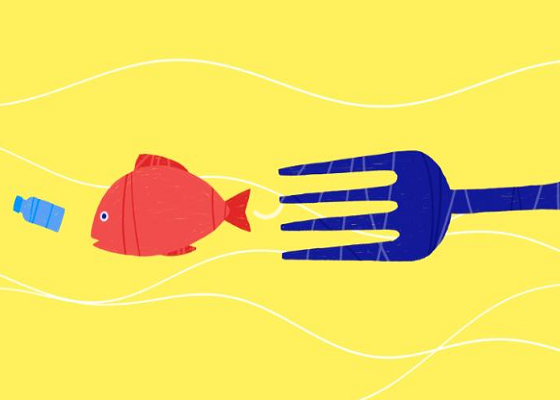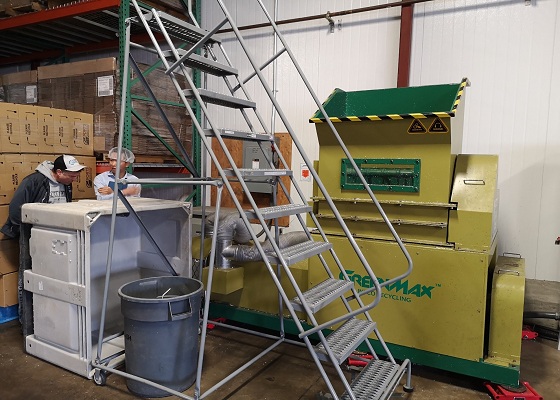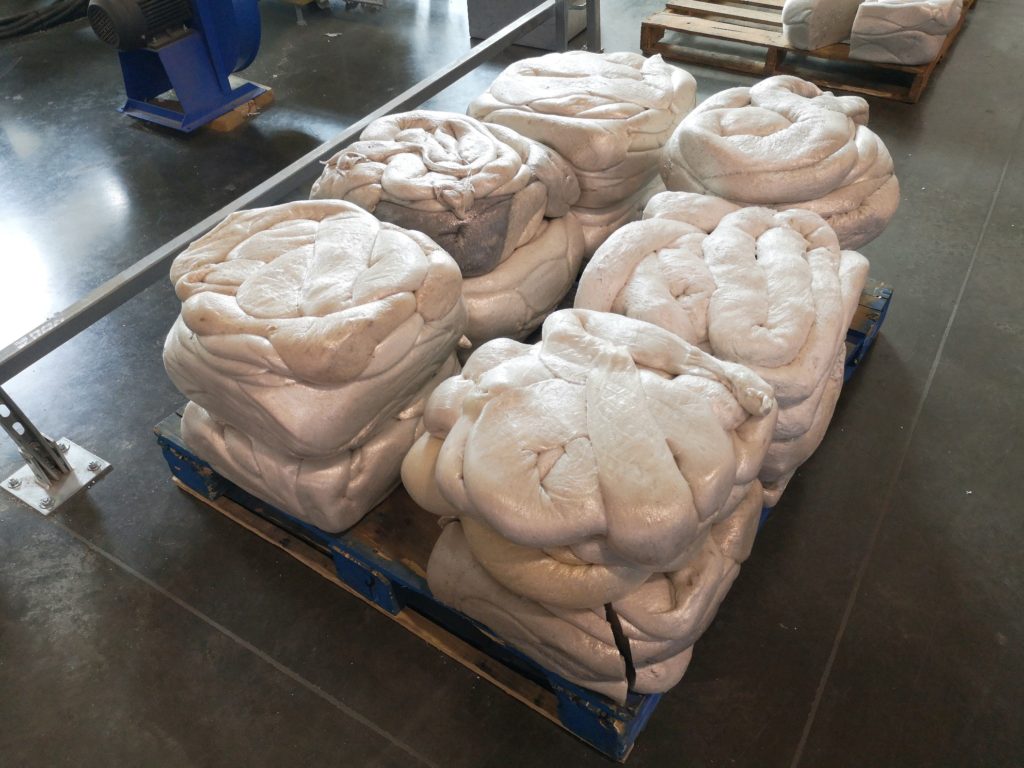Obviously, the styrofoam problem is a global problem, and the main research on styrofoams is focused on microplastics and styrofoam recycling.
Regarding microplastics, research shows that on a global scale, we intake an average of 5 grams of styrofoam per week, which is equivalent to a credit card. The largest source of microplastics for people is drinking water and shellfish. Styrofoam waste enters our rivers and oceans and can be eaten by fish and other marine animals, eventually becoming part of the food chain.

Professor Richard Lampitt of the National Oceanographic Center in the United Kingdom, if you don’t understand the health risks, it is difficult to assess the importance of the intake rate. If microplastics are shown to be harmful to human health, it will be very difficult to remove them from the environment.
“We can’t remove it,” said Kavita Prakash-Mani, Director of International Conservation at WWF. “So we need to solve the problem of styrofoam pollution at the source and first stop it from entering nature,” she told CNN and stressed the need to focus on styrofoam recycling.
Styrofoam recycling is currently the most effective way to reduce the penetration of styrofoam into nature. Located in California, INTCO Recycling is a company that provides complete solutions for styrofoam recycling. For more than a decade, the polystyrene densifier has been produced to serve fish dealers, recyclers and packaging industries around the world.

Professional styrofoam densifier recycling machines all types of polystyrene waste into useful recycled materials, reducing the cost per operator. After chopping the polystyrene, the machine heats and melts the foam waste and densifie it into a dense ingot. The melted foam block will be 90 times smaller than the original volume, helping to save a lot of money in the recycling process.
The recycled styrofoam ingots produced can be sold as commodities, which is equivalent to converting waste into profit. For manufacturers of imitation wood materials such as park benches and frame industries, recycled styrofoam ingots are the raw materials for products, so recycled styrofoam have a broad end market.

Globally, more than 330 million tons of styrofoam are produced each year, and global styrofoam production is expected to triple by 2050. We urgently need to solve the fundamental method of styrofoam pollution, but before we find it, we also need to pay attention to styrofoam recycling.